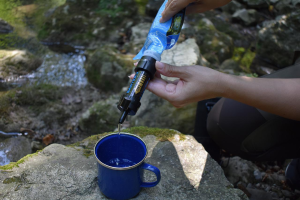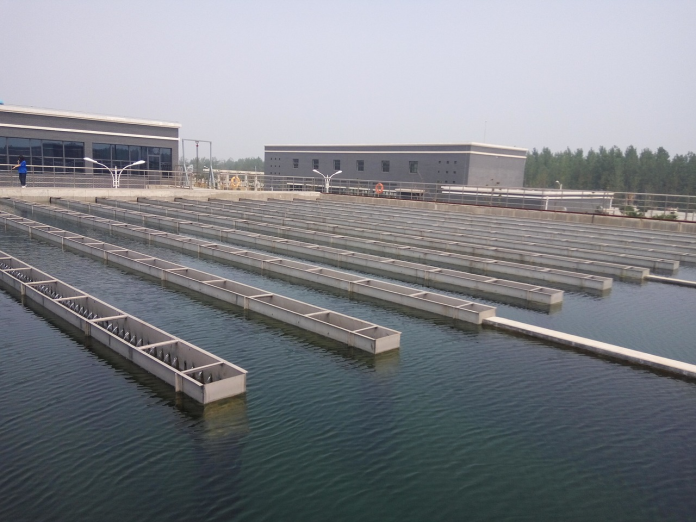Reverse osmosis
Table of Contents
Reverse osmosis is a process that separates impurities from water using a membrane. Reverse osmosis uses a high-pressure pump to push the water through the membrane, and fresh, potable water flows out of the low-pressure end of the membrane. The remaining impurities are discharged to a drain. Reverse osmosis systems are typically designed to meet the requirements of a specific application. The design of these systems is based on the feed water, recovery goals, and budget. The team at Steelhead has more than 50 years of experience in the water treatment industry, and they draw from that experience to develop systems that maximize recovery rate and reduce wastewater. These processes can reduce the amount of harmful bacteria in water and reduce the overall cost. The cost of installing a reverse osmosis system is typically more than offset by the cost of preventing diseases from spreading through the business. The UK government is particularly strict about disease management, and reverse osmosis systems can help you avoid these costs and still get clean water.
Reverse osmosis can also remove minerals from water that is used for these processes, such as boiler water at a power plant. The water in these processes needs to be as pure as possible, since any minerals in the water can clog the boiler tubes and reduce boiler efficiency.
Deionization
Deionization is a process for removing unwanted ions from water. The process can be effective for most applications. In the process, water is purified by passing through two different kinds of ion exchange resin. One type is suited for removing hydrogen while the other is suited for removing hydroxyl ions. Electro-Deionization is the most recent deionization method. It involves using ion exchange resins and DC voltage potentials to remove cations and anions from feed water. This process is highly effective for removing salts from wastewater and feed water. The advantage of this process is that it is less expensive and requires fewer chemicals than other methods. A deionizer’s capacity ranges from 10,000 to 20,000 grains per cubic foot, depending on the type of anions in the water, the desired water quality, and the caustic regenerate used. A degasified is also available, which can reduce the load on the resin and increase the operating efficiency of the deionizer.

Chlorination
Chlorination is a disinfectant used in water treatment processes. According to the National Library of Medicine, it has been proven effective against pathogens, bacteria, and viruses. It also removes iron and lead, which can cause bad tastes in water. However, this disinfectant cannot completely eradicate all microbes, and some are resistant to it. The amount of chlorine required for treatment depends on the untreated water quality. Chlorine readily reacts with other components dissolved in water. It can combine with organic matter, microorganisms, and ammonia. However, chlorine can also be used as a disinfectant by itself without the use of other components. Chlorination is also effective against bacteria and viruses, but the amount of chlorine needed to disinfect water varies from case to case. Various impurities require a high concentration of chlorine to kill. A chlorine concentration of between 0.2 and 0.5 mg/L is the optimal level to meet the demands of these contaminants. Chlorine is an extremely reactive element and forms bonds and compounds with many other substances. When it bonds with carbon atoms, it forms organic substances, such as polymers, oils, and plastics. It can also replace hydrogen atoms in other elements and molecules. It can also cause the formation of new substances.
Waste by-products
Plants must remove waste by-products, such as heavy metals and metal compounds from wastewater to ensure that the water is safe for reuse. These by-products can also include organic materials, such as calcium, sodium, and sulfate. Wastewater that is considered toxic may require special treatment. Waste by-products from industrial processes are a problem, and a solution is needed to reduce their harmful effects. By using industrial wastewater treatment facilities, businesses can use processes like these seen here: https://www.carmeuse.com/na-en/industrial-water-treatment, to convert these by-products into usable solids and clean water. Depending on the type of industrial waste, some of these materials may even be repurposed in another industry. The amount of wastewater from a particular industry can be significant, depending on the type of process. Metal manufacturing and food processing facilities generate wastewater that is heavy and requires treatment. These by-products may contain a number of chemicals that are harmful to human health. They can also be carcinogenic. In addition to organic matter, industrial solid waste includes inorganic material. Some of these materials can be used as alternative raw materials or intermediate materials. For example, coal ash can is used as an ingredient in concrete or as filler in abandoned mines. These waste materials should be properly disposed of according to regulations.







